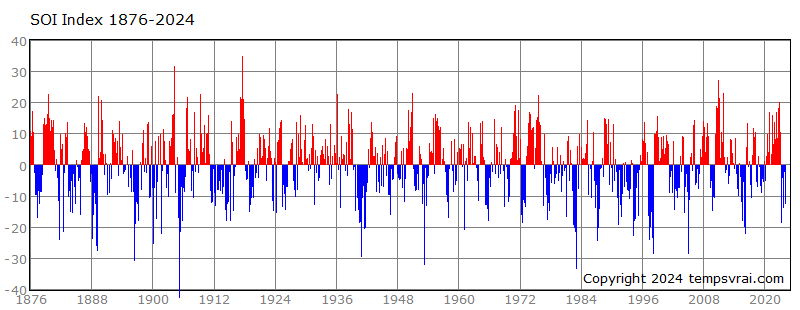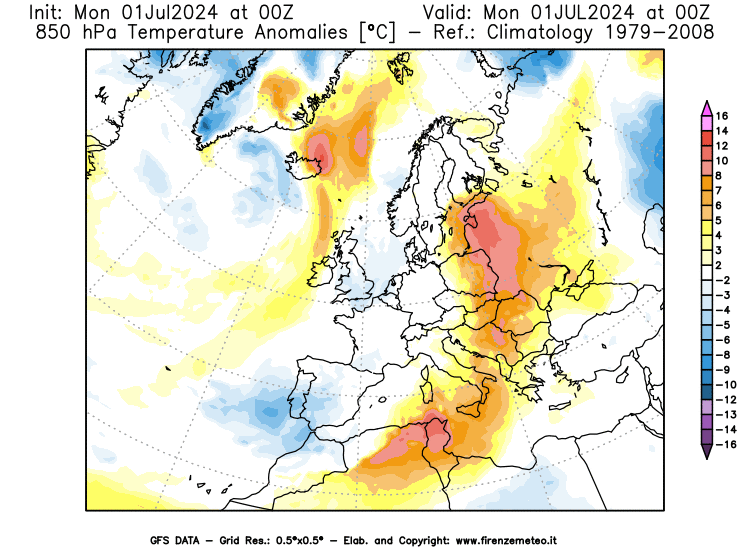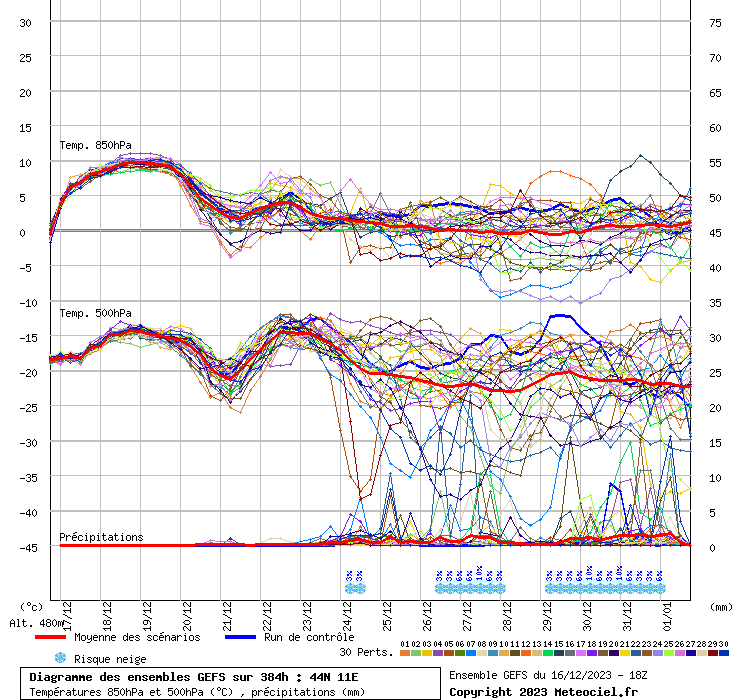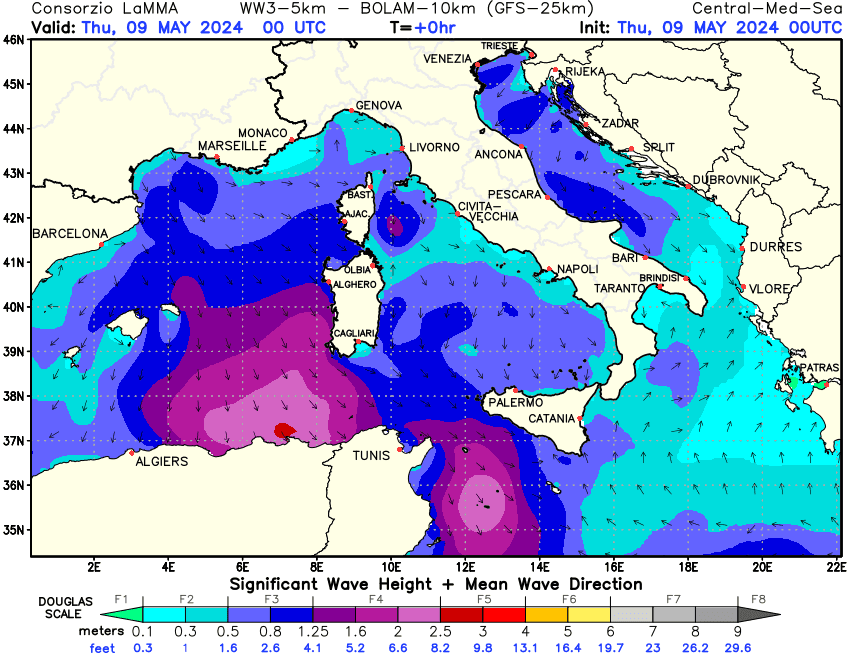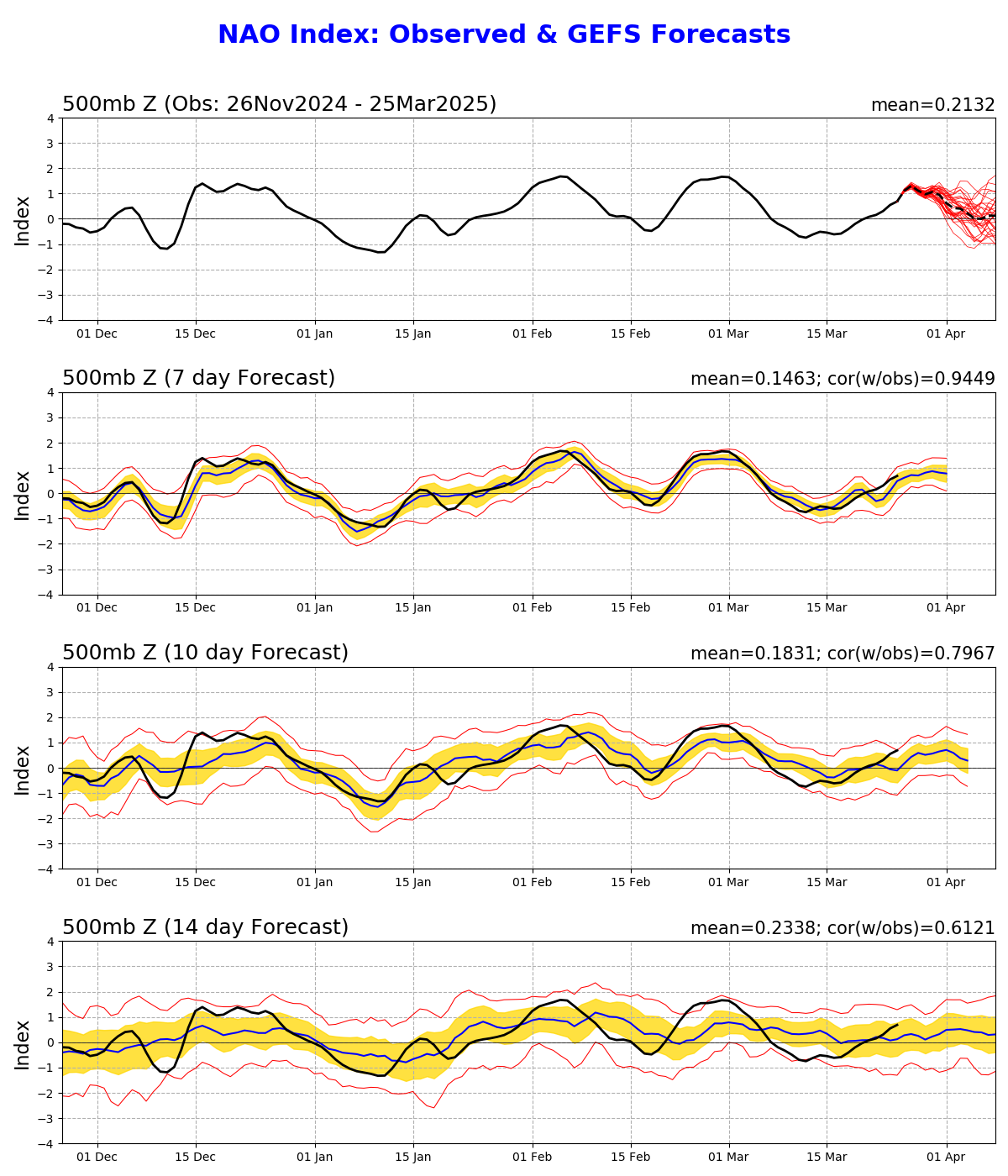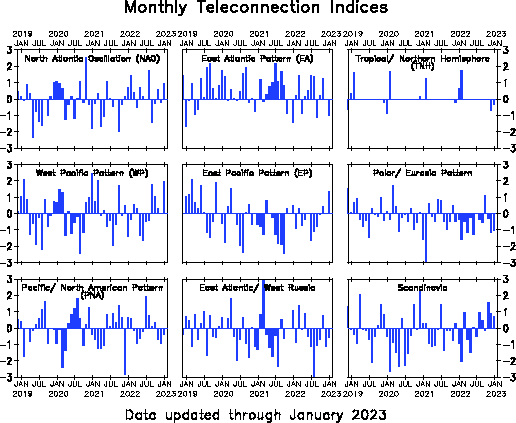Southern Oscillation Index [SOI index]
Teleconnective indices: Southern Oscillation Index [SOI index]
The Southern Oscillation Index (SOI) is an index that is based on the
difference in air pressure between Darwin (Australia) and Tahiti. The SOI is closely related to the
El Niño/La Niña climate phenomenon.
A consistently negative Southern Oscillation (SOI-) often indicates the presence of an El Niño.
An El Nino is defined as a prolonged warming of the eastern tropical Pacific Ocean, which leads
to a weakening or even a reversal in the trade winds across the Pacific Ocean. Subsequently,
this tends to reduce rainfall in eastern and northern Australia. Major El Nino events in the
past have included 1997/98 and 1982/83.
A consistently positive Southern Oscillation (SOI+) often indicates the presence
of a La Niña. A La Nina occurs when sea surface temperatures to the north of Australia are
warmer than normal and trade winds across the Pacific Ocean strengthen. This is the opposite
of an El Nino, and subsequently, the results are also opposite. Rainfall probabilities across
eastern and northern Australia are higher than normal. Recent strong La Nina events have included
1998/99 and 1988/89.
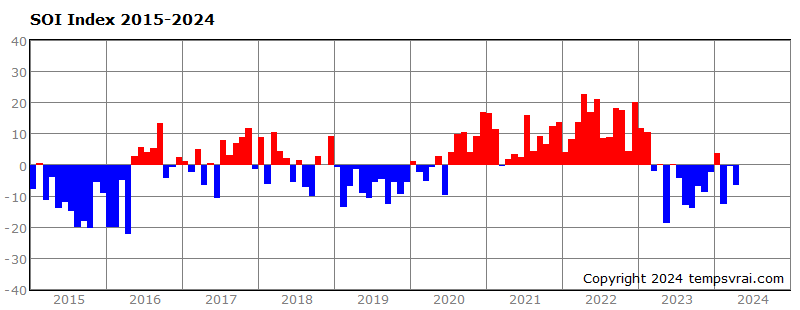
Credits: chaac.meteo.plus

